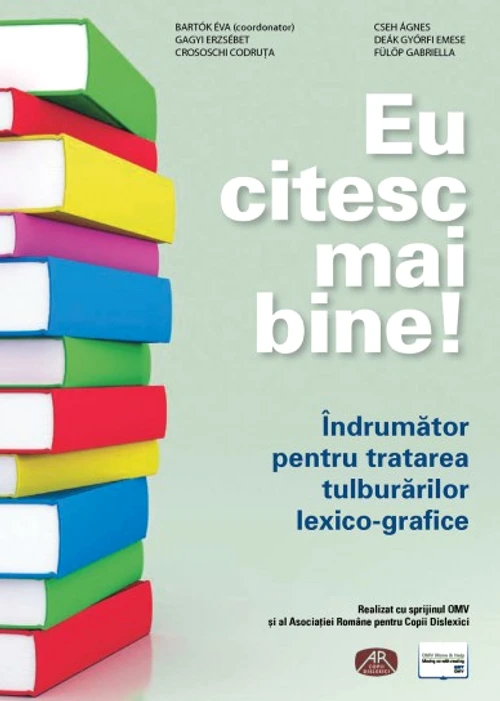
Andrei’s family lives in the same block as me. About Andrei, his parents always said that “he doesn’t really like the book”. The boy puts the patience of the teacher and the parents to the test. What will happen to him when he grows up?
Does the situation sound familiar to you? Well, children who are weaker in learning can actually be dyslexic. Dyslexia is a learning disorder caused by a neurological dysfunction, being, in some cases, inherited from the parents.
Dyslexia does not depend on intellectual level. Most dyslexics are creative, inventive and have a very high IQ. Affected people may have difficulty reading or writing
There are several forms of dyslexia:
– reading disorder (slow reading, with mistakes, difficulties in understanding the read text); – dysgraphia or writing disorder (bad writing, with spelling mistakes); – dyscalculia or calculation disorder.
Although they have problems with reading, writing and speaking, dyslexics have extremely rich visual thinking and imagination.
You can also read:
– Do you have an emotional child?
– Keep anemia away from your child!
Where is the mistake…
Dyslexic children do not know that the other classmates understand the lessons faster in the classroom. Many times, the children who learn on the go are also the ones who play all day.
“Nerds”, as many dyslexic children are called, need more time to process information. This frustrates them and lowers their self-esteem. For the dyslexic child, every task related to reading and writing is difficult.
Over time, he realizes that his efforts do not satisfy the demands of teachers and parents and he ends up feeling useless. Together with speech therapists, teachers, psychologists and psychopedagogues, who offer specialized help, dyslexic children can be treated.
How we make their work easier
Dyslexic children need an environment carefully built for their needs. Here are the specialists’ recommendations for teachers:
– the dyslexic child should sit in the first bench, next to a colleague who will help him;
– there should be no commotion around him, so as not to distract him;
– the didactic materials that help him to learn should be within his reach;
– make a xerox copy of the lesson, for the child to have at hand;
– the benches should have an inclination of 45 degrees (close to the verticality of the board).
Praise motivates them
Parents who have children with dyslexia can learn useful tips from the book “I read better!”, coordinated by Eva Bartök, president of the Romanian Association for Children with Dyslexia.
– Observe in advance if the little one has learning difficulties. Accept your child as he is and offer him help.
– Don’t blame the child.
– Keep in touch with parents of dyslexic children and share your experiences.
– Praise any achievement, sincerely rejoice, together with the child!
Free kit
The Romanian Association for Dyslexic Children offers free 600 alphabet and specialized books to children with dyslexia.
Parents interested in taking possession of the volumes can write to: [email protected] or use the contact form on the website www.dislexic.ro.
At this address, parents can find a list of speech therapists, physiotherapists and psychologists in the country.
1. The alphabet “Box with letters and toys”, which includes two volumes + worksheets;

2. The collection of games “Game. Joy. Bright eyes”;

3. The specialist tutor “I read better!”

INFO: Learning disabilities cannot be cured. A dyslexic child has the disorder in adult life as well.






































